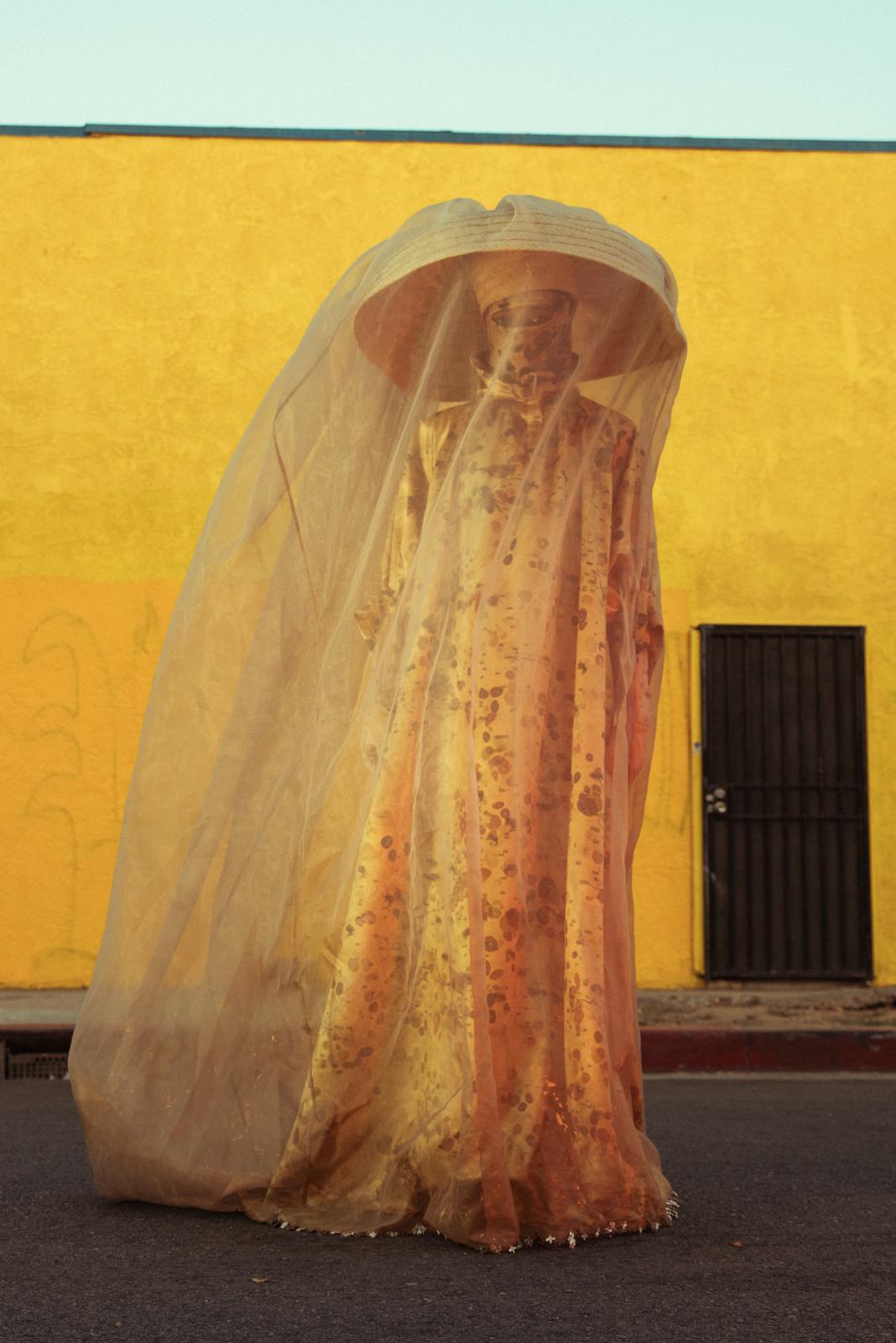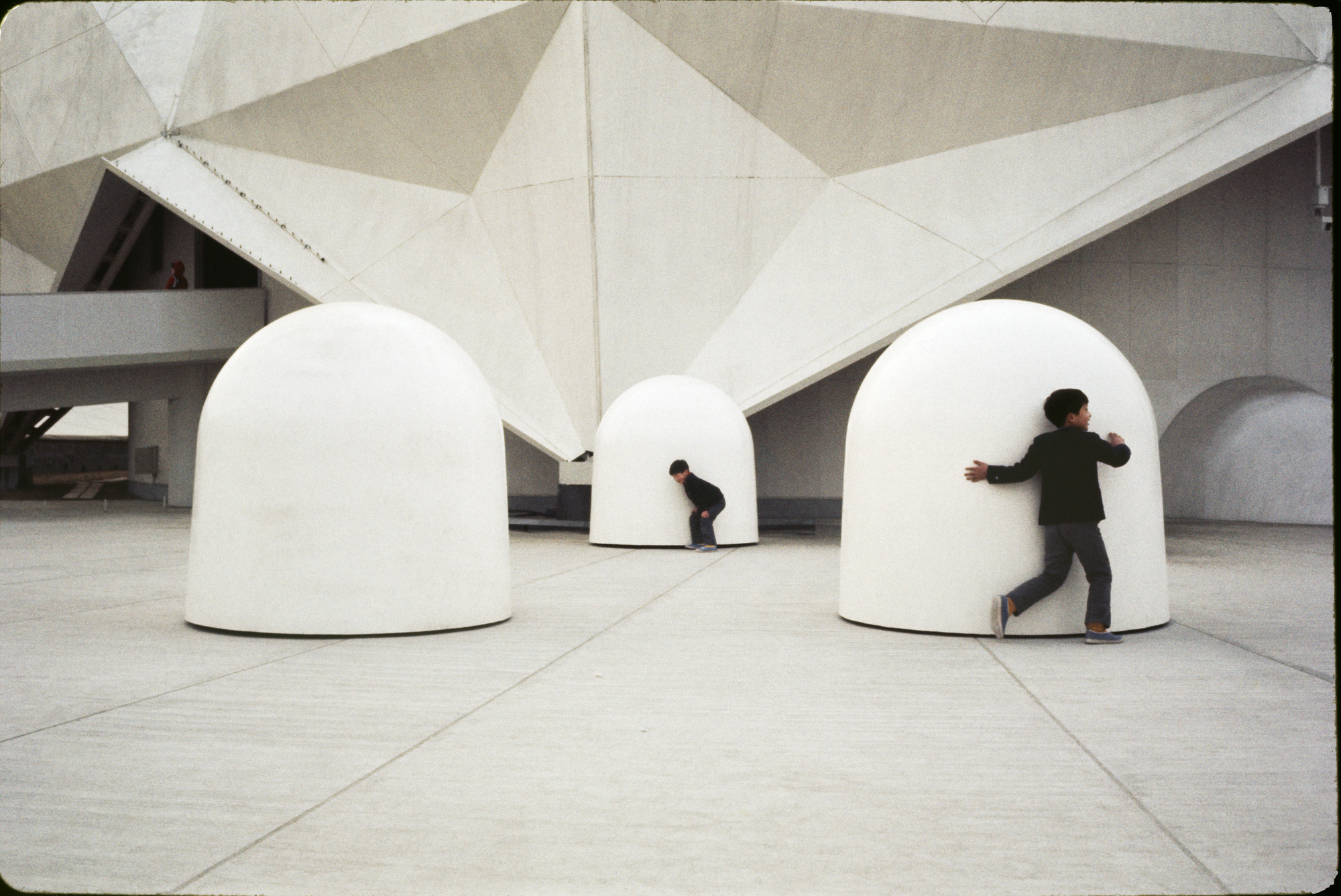Why have one review when you can have three? Here, Jenny Wu assesses Art and Science Collide as an Expo for a history of technology and cultural exchange
With Art and Science Collide, Getty attempts to make a name for Los Angeles as a global art capital. This fourth iteration of what was previously dubbed Pacific Standard Time in 2011–12, 2013 and 2017–18 coalesces around ‘art and science’, a theme responded to by over 70 museums, research institutions and galleries across Southern California. Supporting a range of interdisciplinary and collaborative projects with $20 million in grants, Getty has shaped Art and Science Collide into something of an Expo – those immense exhibitions that showcase achievements in technology, cultural exchange and social progress. What results is an eventful regional fair whose strength, like those in Philadelphia and Chicago where the telephone and the dishwasher made their debut, lies in the novelty of the prototypes it ushers into public consciousness.
Before entering Sensing the Future: Experiments in Art and Technology (E.A.T.), a survey of collaborations that took place in the mid-twentieth century, one is greeted by a white fibreglass dome moving imperceptibly across the Getty Center’s courtyard. It is one of seven motorised sculptures Robert Breer made for Expo ’70 in Osaka, Japan, where he exhibited with E.A.T., a nonprofit founded in 1966 by artists Robert Rauschenberg and Robert Whitman, and engineers Billy Klüver and Fred Waldhauer. Inside, viewers queue before a display case housing Jean Dupuy’s Cone Pyramid (Heart Beats Dust) (1968), for a chance to hold a doctor’s stethoscope to their chests and watch their heartbeats launch dust the colour of blood from a rubber membrane into the air. Dupuy’s interactive sculpture, made in cooperation with engineers Ralph Martel and Harris Hyman for a competition sponsored by E.A.T., shows why the nonprofit’s founders sought to promote partnerships between artists and scientists, and why Getty, too, has jumped on the ‘art and science’ bandwagon. Cutting-edge multimedia projects not only draw crowds but also push their creators out of their professional siloes to produce work that speaks to a wide-ranging audience.

An array of genuinely thought-provoking contemporary prototypes are pitched to visitors in Art and Science Collide. In the Hammer Museum’s group exhibition Breath(e): Toward Climate and Social Justice, Michael Joo, Danil Krivoruchko and Snark.art introduce their work-in-progress, Organic Growth: Crystal Reef (OG:CR) (2021), with an eye-catching display of AI-edited videos and suspended resin sculptures. The collaborators envision ‘growing’ a physical mass of crystals via digital processes, by letting 10,000 NFT seeds transform virtually in accordance with organic crystal behaviour and metadata from their owners’ crypto wallets. Parts of the sculpture can be 3D printed and displayed as public art or attached to ocean reefs, allowing scientists to study how fish populations react to different coral configurations. Forty minutes south by car, in Free the Land! Free the People! at Crenshaw Dairy Mart (CDM), an exhibition of video interviews, schematics and ephemera documents CDM’s efforts toward ‘prototyping and building’ what the exhibition materials call ‘abolitionist pods’ – solar-powered gardens housed in geodesic domes. One of these pods stands on the parking lot behind the former milk shop, a far cry from the Getty Center’s $1.3 billion mountaintop view, and is used to host health and wellness workshops for the surrounding community.
Historically, many ideas have failed to take off (like the underwater hotel proposed at the 1964 New York World’s Fair). Fortunately, for us, they often live on in miniature. In the first room of Gustav Metzger: And Then Came the Environment at Hauser & Wirth, one sees Earth Minus Environment (Model) (1992), a maquette full of toy cars that was rejected from the same year’s UN ‘Earth Summit’ in Rio de Janeiro. Metzger, an artist who was also an environmental activist, had planned for 120 cars to funnel their fumes into a transparent receptacle shaped like a capital E (the project was later realised, in other forms, in Lund and Sharjah). Across the street, at SCI-Arc, is one half of Views of Planet City, a group show centred on Liam Young’s speculative film Planet City (2021–), the remainder of which is installed at Pacific Design Center Gallery. Composed of panoramic shots of dusky vertical villages – the inverse of sunbaked, sprawling LA – Planet City models an improbable fever dream: a multicultural megalopolis housing Earth’s ten billion inhabitants while surrounding lands are rewilded. Immersive and interactive works by the four other artists in the show, which Young curated, further illustrate and actualise his proposition rather than stand on their own. Like Art and Science Collide, the bold visual argument in Views of Planet City raises awareness of pressing issues – such as the environmental impact of urban architecture – but points behind its back to the ambition of its initiator. This ambivalence lingers long after the spectacle subsides.
PST ART: Art and Science Collides at various venues, Los Angeles, through 16 February
PST ART Review, Part 2: Light and Space
PST ART Review, Part 3: Evading Nature
